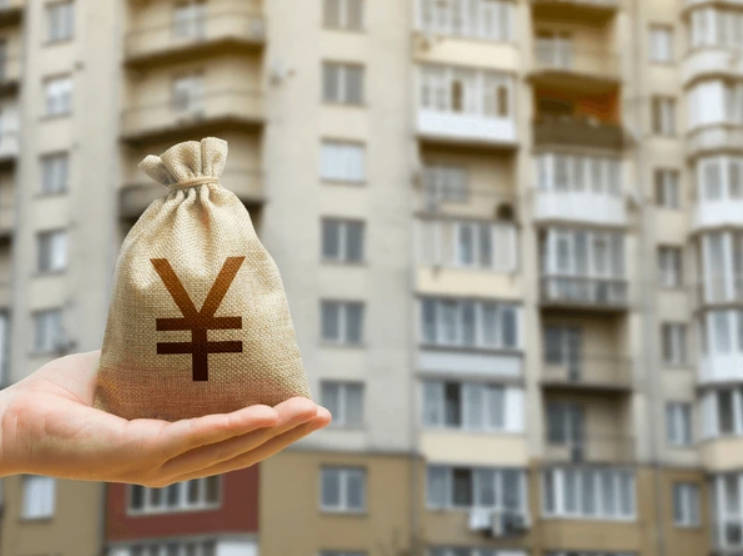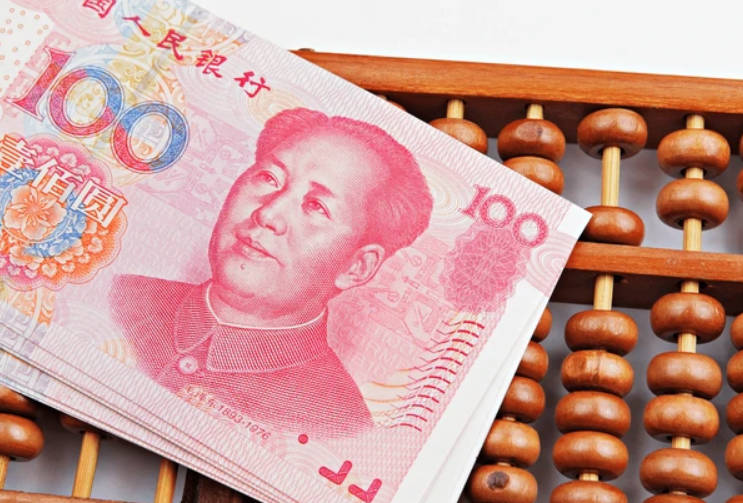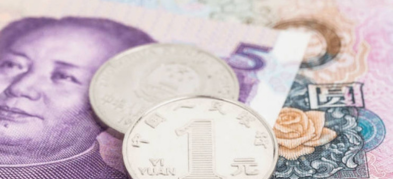
Ultima Markets App
Trade Anytime, Anywhere
Important Information
This website is managed by Ultima Markets’ international entities, and it’s important to emphasise that they are not subject to regulation by the FCA in the UK. Therefore, you must understand that you will not have the FCA’s protection when investing through this website – for example:
- You will not be guaranteed Negative Balance Protection
- You will not be protected by FCA’s leverage restrictions
- You will not have the right to settle disputes via the Financial Ombudsman Service (FOS)
- You will not be protected by Financial Services Compensation Scheme (FSCS)
- Any monies deposited will not be afforded the protection required under the FCA Client Assets Sourcebook. The level of protection for your funds will be determined by the regulations of the relevant local regulator.
Note: Ultima Markets is currently developing a dedicated website for UK clients and expects to onboard UK clients under FCA regulations in 2026.
If you would like to proceed and visit this website, you acknowledge and confirm the following:
- 1.The website is owned by Ultima Markets’ international entities and not by Ultima Markets UK Ltd, which is regulated by the FCA.
- 2.Ultima Markets Limited, or any of the Ultima Markets international entities, are neither based in the UK nor licensed by the FCA.
- 3.You are accessing the website at your own initiative and have not been solicited by Ultima Markets Limited in any way.
- 4.Investing through this website does not grant you the protections provided by the FCA.
- 5.Should you choose to invest through this website or with any of the international Ultima Markets entities, you will be subject to the rules and regulations of the relevant international regulatory authorities, not the FCA.
Ultima Markets wants to make it clear that we are duly licensed and authorised to offer the services and financial derivative products listed on our website. Individuals accessing this website and registering a trading account do so entirely of their own volition and without prior solicitation.
By confirming your decision to proceed with entering the website, you hereby affirm that this decision was solely initiated by you, and no solicitation has been made by any Ultima Markets entity.
I confirm my intention to proceed and enter this website Please direct me to the website operated by Ultima Markets , regulated by the FCA in the United KingdomThe Differences of the Yuan vs Renminbi
When discussing China’s currency, you’ll often hear the terms Renminbi (RMB) and Yuan (CNY). While they are frequently used interchangeably, it’s important to understand that they refer to different aspects of China’s monetary system. This article will clarify the differences between Yuan vs Renminbi, explain how they relate to global trade, and highlight why this distinction is important in the financial world.
What is Renminbi (RMB)?
Renminbi (RMB), which translates to “people’s currency” in Mandarin, is the official currency of the People’s Republic of China. The term refers to the entire Chinese currency system, including all banknotes and coins issued by the People’s Bank of China (PBOC). It is the currency used for all transactions within China.

RMB is the formal name used in global finance, economics, and policy discussions when referring to China’s monetary system. It’s the system that governs how China’s currency functions both domestically and internationally.
What is Yuan (CNY)?
The Yuan (CNY) is the basic unit of currency within the Renminbi system. Just like the dollar is the basic unit of the U.S. Dollar system, the Yuan is used for everyday transactions in China. The international currency code for the Yuan is CNY, and its symbol is ¥.
In daily usage, the term “Yuan” is often used in China to refer to amounts of money. For instance, when someone says they spent “100 Yuan,” they are referring to a quantity of money measured in the Yuan unit, part of the Renminbi system.
Renminbi and Yuan: The Relationship
The difference between Yuan vs Renminbi comes down to one thing: Renminbi is the official name for China’s entire currency system, while Yuan is the unit of measurement within that system. Just like dollars are the unit of the U.S. Dollar system, Yuan is the unit of Renminbi.
So, to summarize:
- Renminbi (RMB) is the currency system used by China.
- Yuan (CNY) is the primary unit of that currency system.
This distinction helps clarify any confusion when discussing amounts of Chinese money in both local and international contexts.
Onshore vs Offshore Yuan (CNY vs CNH)
An important distinction to note in the Yuan vs Renminbi debate is the difference between the onshore and offshore versions of the Yuan.
- CNY: This is the onshore Yuan, used within mainland China. The People’s Bank of China (PBOC) tightly controls the exchange rate and monetary policy for CNY, keeping it within strict regulatory limits. The CNY is primarily used for domestic transactions.
- CNH: This is the offshore Yuan, used outside mainland China, especially in financial centers like Hong Kong. Unlike CNY, the CNH is subject to fewer controls and is traded more freely on international markets. This means CNH can fluctuate based on global market conditions, often making it a more volatile version of the Yuan.
The offshore Yuan (CNH) has become increasingly important as China seeks to internationalize its currency. With financial institutions around the world adopting CNH for global trade, its usage is growing, particularly in markets like the EU and the US.
Why Does This Matter for Global Trade?

For international businesses, understanding the differences between CNY and CNH is crucial when dealing with China. If you’re trading with Chinese companies or investing in Chinese assets, the currency dynamics between CNY (onshore) and CNH (offshore) can affect your exchange rate risks, transaction costs, and overall trade strategies.
For example, the CNY might be used in contracts for goods and services within China, while the CNH might be used when trading with foreign entities. This could result in slightly different exchange rates, and businesses must be prepared to handle these variations when dealing with China.
The Rise of the Renminbi in Global Markets: e-CNY
Over the years, China has been pushing for the Renminbi to become more integrated into the global financial system. In 2016, the International Monetary Fund (IMF) included the Renminbi in its Special Drawing Rights (SDR) basket, a group of currencies used in global transactions. This step solidified the Renminbi’s status as one of the major global currencies, alongside the U.S. dollar, euro, Japanese yen, and British pound.
In addition to this, China’s offshore Yuan (CNH) has been gaining traction in international markets, with countries and companies increasingly using the Yuan for trade settlements. China has also been rolling out its digital version of the Renminbi, the e-CNY, which is expected to further boost its global influence. By July 2024, trials for digital RMB reached 7.3 trillion Yuan in transactions, underscoring its growing international presence.
Yuan and the Future of Global Finance
The rise of the Yuan in global finance is also being shaped by geopolitical factors. For instance, Russia has increasingly adopted the Yuan in its trade with China, particularly after Western sanctions limited its access to U.S. dollars. As a result, the Yuan is playing a larger role in global trade beyond just China.
China is also encouraging its financial institutions and trading partners to use the Yuan for cross-border transactions, which has further bolstered its position in international markets. The increasing use of the Yuan (CNY) and offshore Yuan (CNH) in trade agreements, especially with countries like Russia and countries in Africa, demonstrates how China’s currency system is evolving.
Conclusion
In conclusion, understanding the difference between Yuan vs Renminbi is crucial for navigating international trade, investment, and currency exchange.
- Renminbi (RMB) is the formal name of China’s entire currency system.
- Yuan (CNY) is the unit of currency used within that system.

Understanding the difference between the Yuan vs Renminbi, along with the distinctions between onshore and offshore Yuan (CNY vs CNH), is essential for anyone involved in international trade, investment, or financial dealings with China. As China’s global economic influence continues to grow, understanding its currency system will be key to navigating the complexities of the global market.
The Renminbi and Yuan are not just important for China; they are increasingly becoming a global financial asset in their own right, shaping the future of cross-border trade and finance.
Disclaimer: This content is provided for informational purposes only and does not constitute, and should not be construed as, financial, investment, or other professional advice. No statement or opinion contained here in should be considered a recommendation by Ultima Markets or the author regarding any specific investment product, strategy, or transaction. Readers are advised not to rely solely on this material when making investment decisions and should seek independent advice where appropriate.












